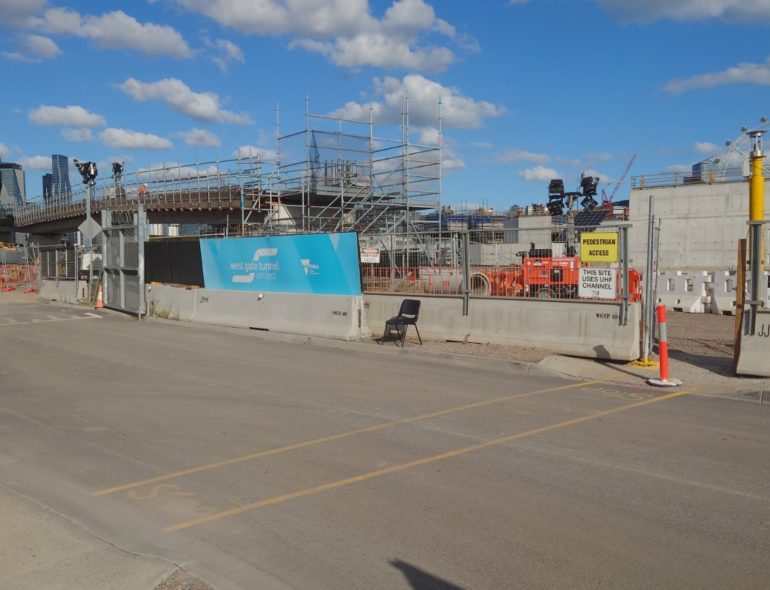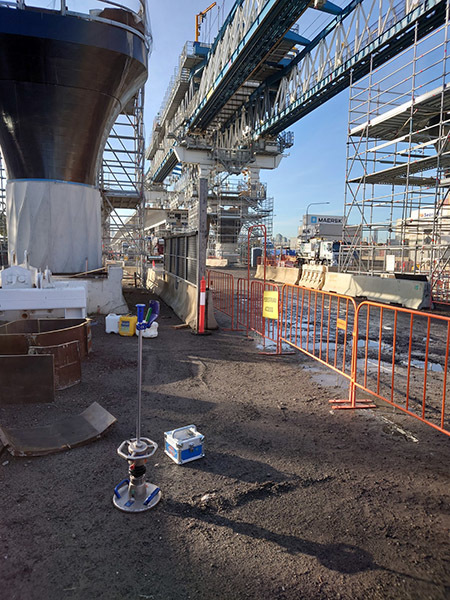
West Gate Tunnel Project: Making Safer & Faster Travel Possible
Civiltest helps pave the future of Melbourne’s transport network
The West Gate Tunnel Project is one of Victoria’s most exciting and significant transport infrastructure projects, which Civiltest is proud to be a part of. The West Gate Freeway carries up to 200,000 vehicles daily and is essential to Melbourne’s transport network. To successfully accommodate the city’s growing population, The West Gate Tunnel Project will: upgrade freeway ramps, widen the freeway from 8 to 12 lanes for more streamlined traffic operations and create many new open spaces for the community.
Civiltest’s primary role on the project:
- Ensuring the ground conditions are safe for machinery operation.
- Field investigations, including site inspections and soil testing.
Due to the dynamic and fast-moving nature of the project, Civiltest engineers have had tight site inspection timeframes.
“We’ve had to attend site inspections to determine the site’s safety capabilities to accommodate various machinery on site and provide immediate recommendations to coordinate with the project’s machinery schedule. With high risks of damaging machinery or equipment, or possible loss of life, should a site’s loading capacity not be sufficient; we had to accomplish our tests promptly,” Daniel Tolan, Civiltest Geotechnical Engineer, said.
Thankfully, the project has unfolded smoothly, and there have been no major setbacks. The only main challenge being Melbourne’s geology, which is one of the most complex in Australia as a nexus of various geological processes like tectonic interactions, magma intrusions and lava flows—hence there’s been much to consider.
“Our engineers have had to rely on local knowledge built up from previous field investigations and draw on our past knowledge and understanding of this area. Especially when working with the design plans, we still needed to ensure that the soil conditions were suitable and would support the new infrastructure,” Daniel said.
Light Weight Deflectometer (LWD) tests have been the core testing Civiltest engineers have executed so far. The principle of the LWD test simulates a truck loaded with 10 Tonnes driving at 80km per hour and passing over 1 square metre. The LWD process places a circular steel plate on the soil, which will produce a deformation on the surface. A light weight is then dropped from a standard height and moves down a rod to a dumping spring, which transfers the force to the centre of the load plate. The result determines the site's loading capacities.
“These tests simulate impact of machinery and allow us to correlate the loading capacity of each site—essentially ensuring the site is safe for various machinery to carry out works for the project build.” Daniel said.
